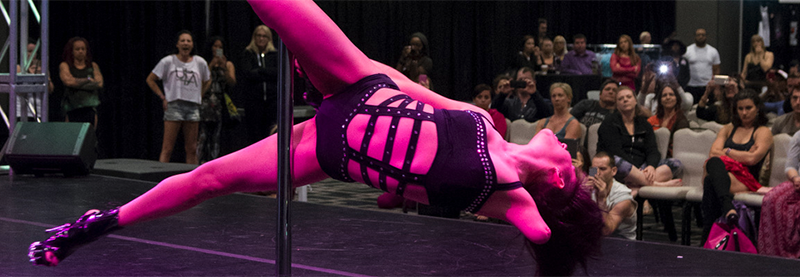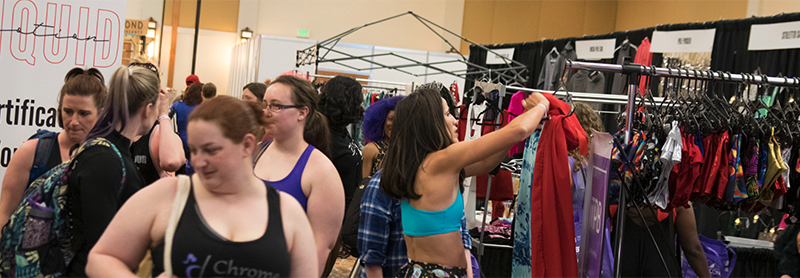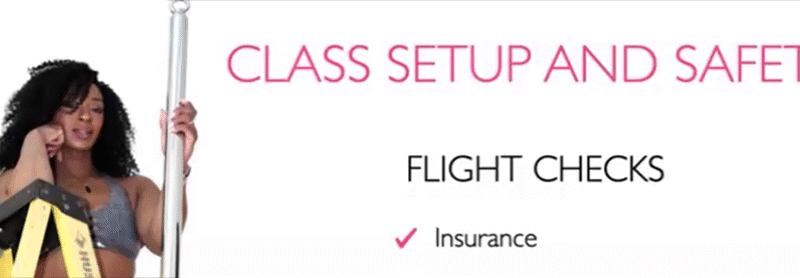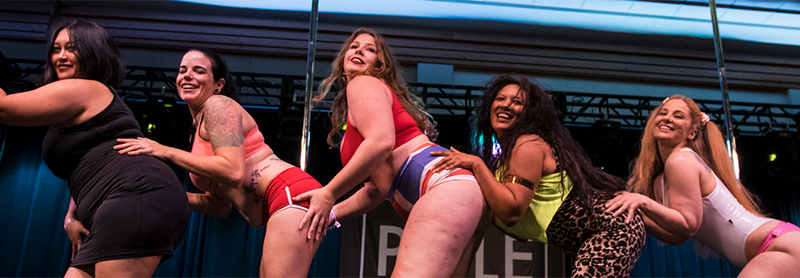A train-cation is a trip (usually away from home) where you focus for a specific…

How to improve the accessibility of your pole classes for students with apparent and non-apparent disabilities
These tips are adapted from information shared during a panel discussion held by Disabled Pole Dancers in July 2023.
In the overall movement community, not just in pole dance, there can be a large knowledge gap between how to make teaching accessible for students with apparent and non-apparent disabilities
It is important to remember that everyone is different and will have different needs. Accessibility options may change also over time and the way in which to best address these needs may also change.
Keep an open mind for improvement and growth!
Here are some tips for pole dance studios and/or instructors to improve accessibility options for students with apparent and non-apparent disabilities both in advance and during class.
Provide information about accessibility options and participation requirements in advance
Even before someone takes your class or steps into your studio, let them know what accessibility options you have standardly available, what options they may ask for/are available, and how to ask for these options (such as emailing or calling 24 hours in advance of a class or party).
Telling people that they can ask for accessibility options is critical. Put this information on your website and consider putting it in any welcome email or receipt for classes.
Physical studios in the United States must (some historic buildings or buildings in historic districts may be exempt) comply with ADA (Americans with Disabilities Act) regulations which include (but are not limited to) the size of doorways and bathrooms. Virtual studios and anyone with a website should (but not are not yet mandated) to comply with accessibility to websites, documents, and more as defined by “Section 508.”
Other accessibility options you or your studio might include (but are not limited to) having a sign language interpreter available, access to fitness props such as yoga blocks, access to lighting or sound options, or even having trauma-informed teaching staff.
Also, make sure to provide clarity on expectations regarding specific classes or workshops so that an individual student can decide what class is right for them to attend. This may include revisiting class descriptions, adding movement pre-requisites, or even including video samples when terms may be confusing, misleading, or have multiple definitions.
Some studios require participants to fill out a PAR-Q form (physical activity readiness questionnaire) before participating. This form could be updated for pole-specific needs and have a place to identify accessibility options for your studio.
Collect information about injuries or accessibility BEFORE class
Please read this separate post about “how to appropriately ask your students about pre-existing injuries in pole classes” for detailed information on this topic.
Be aware of ableism during class
The American Psychological Association describes “ableism” as:
“prejudice and discrimination aimed at disabled people, often with a patronizing desire to “cure” their disability and make them “normal”—is one explanation. Ableism, either subtly or directly, portrays individuals who are being defined by their disabilities as inherently inferior to nondisabled people.”
In a pole studio environment this could be (but is not limited to) not providing options for movement (which may be because teachers do not have a solid understanding of anatomy or of movement, or how to teach bodies that are not similar to their own), highlighting a pole dancer with a disability as an “inspiration” to non-disabled dancers, or presuming something about a person’s movement abilities that day because of an apparent or non-apparent disability.
For someone that is not disabled, ableism may be hard to understand at first and it may be uncomfortable to have their prejudice pointed out. Normalize having these types of conversations and work towards improvement, without taking the comment too personally. Encourage students and teachers to problem solve movement and accessibility challenges together and encourage students to support each other with compassion.
Remember, no one experience is “right.”
Working together from a place of mutual respect and communication will create a better environment for all involved. Teachers and studio owners can acknowledge their desire to increase accessibility options for all students while working to provide accessibility need requests.



